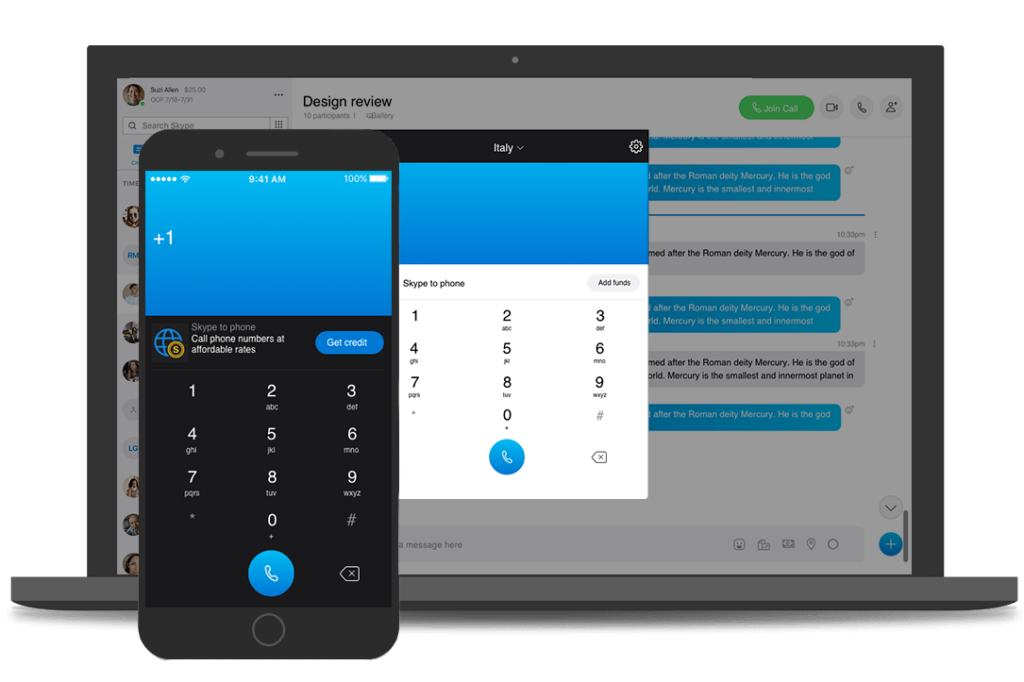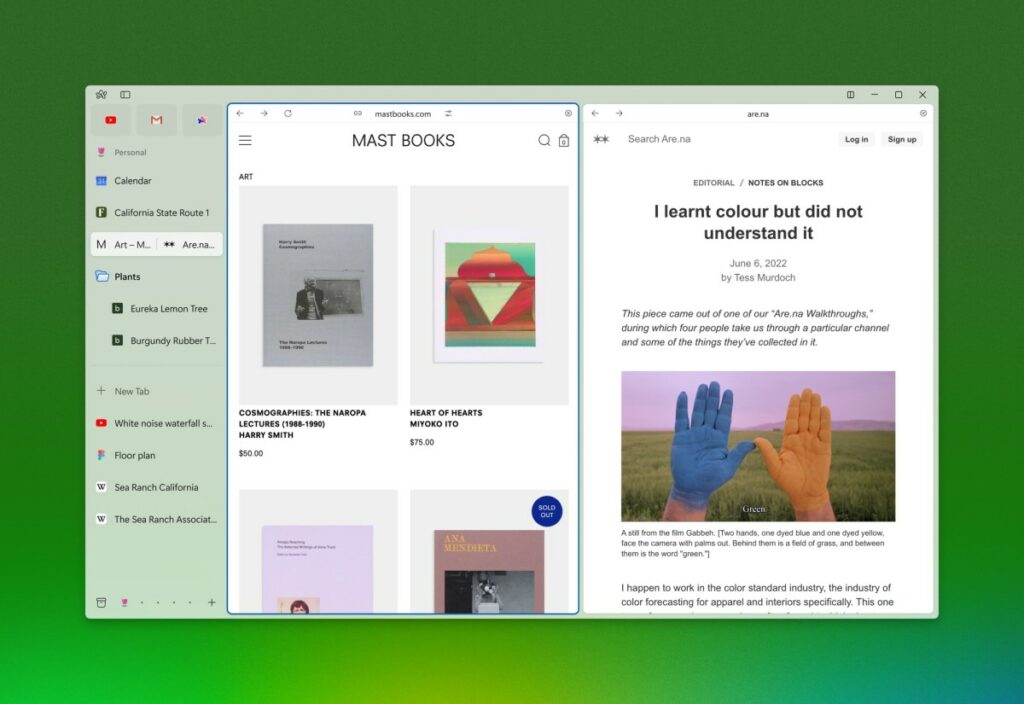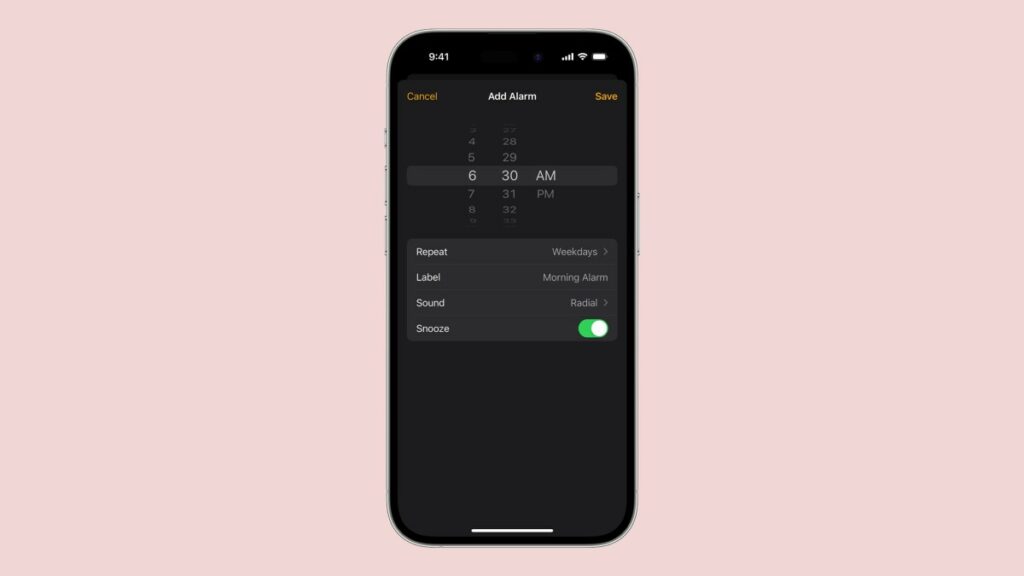Bad news for anyone out there who still uses Skype: the Microsoft-owned phone and messaging platform has quietly stopped letting users top-up accounts with credit and buy Skype phone numbers. Instead, Skype is locking into SaaS mode: it’s pushing users to take monthly subscriptions for regional and global Skype-to-phone plans, for a set monthly fee, likely impacting millions of people. The most recent figures Microsoft released for Skype last year said it had 36 million daily active users.
Microsoft did not officially announce the change: News of it was only spotted last week, in the form of a response from a volunteer moderator on a Microsoft forum to a user who was unable to add credit to a Skype account.
A Microsoft spokesperson confirmed to TechCrunch that it has permanently halted new sales of Skype credit and Skype numbers, adding that it “continuously evaluate(s) product strategy based on customer usage and needs.” Existing Skype phone numbers will continue to work, while existing Skype credit can still be used — albeit with the usual stipulation, vis-à-vis users must use their credit at least once in a 180-day period for it to remain active.

Trailblazer
Skype has been, over the years, one of the trailblazers in internet calling and messaging services. Founded in Europe (specifically, Luxembourg) in 2003, it was one of the first large-scale, disruptive consumer VoIP services that allowed users to make free internet-based voice calls that bypassed traditional telephone lines (and the associated long-distance calling costs). It later added support for instant messaging, video, and file-sharing — game-changing services that would become table-stakes for all messaging apps.
The company has also courted various owners through the years. It was acquired by eBay for $4.1 billion in 2005 when the e-commerce platform had big ambitions to spread its wings, though these plans didn’t work out, and four years later eBay sold Skype to a private consortium at a $2.75 billion valuation. Skype then filed for an IPO in 2010, where it was revealed that it had 560 million registered users and 124 million monthly active users, with just 6% paying for premium services. In 2011, Microsoft swooped in to buy it for $8.5 billion, and Skype has remained under its ownership ever since.
The service has always been completely free for Skype-to-Skype communication, instead making money by charging users who wanted to make calls to mobile phone numbers or landlines. One of its other paid services allowed users to buy a local phone number so they could both make and receive calls as though they were in a given country. Skype also monetized through a separate product for business customers.
But the world has moved on from Skype with the likes of WhatsApp and Zoom filling the void for messaging, video calls, and more. Ironically, Microsoft itself was among those competing with the launch of Teams in 2016. In a consolidation push, Teams eventually consumed Skype for Business product. And so Skype has been on something of a decline for a while, a peripheral product amid Microsoft’s bigger ambitions as a cloud infrastructure juggernaut.
It has been a long time since Microsoft has formally broken out usage numbers for Skype — perhaps because it hasn’t made an effort to push it, and perhaps because the numbers didn’t tell a hugely positive story.
In March 2020, though, Microsoft revealed that Skype had spiked to 40 million daily users, as people sought ways to stay in touch with loved ones during lockdown. This, it said, represented a 70 percent month-on-month increase, implying that its usual daily activity was around 23.5 million — though it didn’t detail how many of these people were Skype-to-Skype. In a follow-on statement sent to TechCrunch at the time, the company added that it was used by 100 million people each month.
It’s not clear how many active users Skype has today, and a Microsoft spokesperson said that it wouldn’t provide an update. However, in a blog post last year announcing that its Bing search engine was arriving in Skype, the company noted that “more than 36 million people use Skype daily to connect through phone calls and chats across borders and around the world.”
So in short, it’s likely that the changes enacted last week impact tens of millions of people who used Skype for its phone-functionality specifically — a function that modern messaging apps like WhatsApp don’t have (though Zoom does offer a product called Phone that’s targeted more at the business market).
Confusingly, Skype still advertises both Skype Credit and Skype numbers in various places on its online properties. And when logged in through the web, Skype still invites users to purchase credit, though it stops short of allowing users to complete the transaction.
“The sales of new Skype numbers and Skype credit have been permanently halted,” the spokesperson said. “For some customers, the interface for purchasing new Skype credit may still be visible in certain entry points, although payment attempts will not go through. We are aware of this issue and working on making the necessary updates.”


